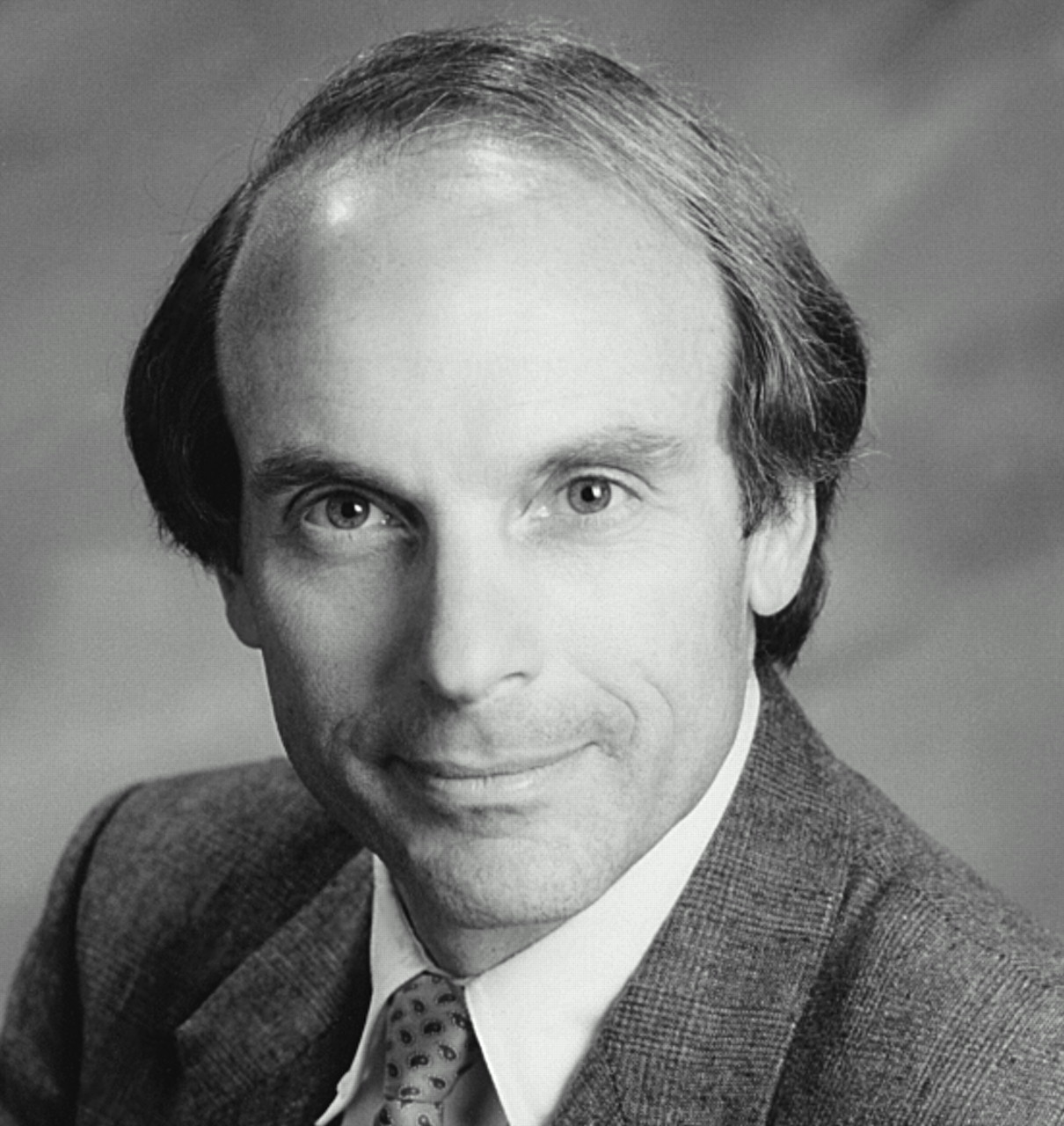Psychiatric Research to Gain From NIH Budget Increase
The National Institutes of Health (NIH) and its supporters breathed a sigh of relief when President Bill Clinton and Congress reached an agreement in December on Fiscal 2001 funding for the departments of Labor and Health and Human Services. If the two-month-long partisan budget talks had stretched into this year, critical multisite studies would have ground to a halt, slowing the rapid progress being made in psychiatric research.
The NIH and its supporters, including the Ad Hoc Group on Research Funding, of which APA is a founding member, also were relieved that the NIH budget increase was 14 percent, only 1 percent short of what the Clinton administration requested. This means that this year NIH will have a total budget of $20 billion.

Jeremy Lazarus, M.D.: “The 14 percent increase allows the NIH to continue its numerous studies on psychiatric and addictive disorders.”
The Ad Hoc Group for Medical Research Funding, made up of more than 200 patient advocacy and health groups, medical and scientific societies, and academic and research organizations, has made doubling the NIH budget by FY 2003 a top advocacy priority. They were successful in getting a 15 percent increase approved for FY 1999 and FY 2000.
With the Labor-HHS budget bill stalled in Congress late last year, APA organized a press briefing in December to champion biomedical research on behalf of the Ad Hoc Group for Medical Research Funding. Members of Congress from both sides of the aisle including Senators Arlen Specter (R-Pa.) and Tom Harkin (D-Iowa) called on their colleagues and the President to resolve their differences without compromising funding for biomedical research.
Jay Cutler, J.D., special counsel and director of APA’s Division of Government Relations, told Psychiatric News, “APA with a loud and clear voice called for an end to partisanship and a return to the October 29 agreement of a 15 percent increase for NIH.”
APA also arranged for Katrina Gay, the parent of a son with bipolar disorder, to be a spokesperson for psychiatric research at the briefing. “We feel strongly that partisan bickering should not get in the way of advancing scientific research on illnesses such as schizophrenia, bipolar disorder, major depression, and severe anxiety disorders,” said Gay.
The ad hoc group emphasized that NIH grants provide critical support for promising research. The National Institute of Mental Health (NIMH) and other institutes funded grants for more than 30 years for the three winners of the 2000 Nobel Prize in Physiology or Medicine announced last October.
Psychiatrist Eric Kandel, M.D., and neuroscientist Paul Greengard, M.D., of the United States shared the honor with Arvid Carlsson, Ph.D., of Sweden for their discoveries leading to improved treatments for Parkinson’s disease, schizophrenia, and depression and potential improvements in memory problems found in various types of dementia.
NIH Research Priorities
The NIMH and the National Institute on Drug Abuse (NIDA) had their budgets increased by 14 percent for FY 2001, and the National Institute on Alcohol Abuse and Alcoholism (NIAAA) won an increase of 16 percent. NIMH leads the three institutes in funding, with a FY 2001 budget of $1.1 billion compared with approximately $781 million for NIDA and $340 million for NIAAA.
Lizbet Borroughs, an associate director in the Division of Government Relations, commented to Psychiatric News, “The NIMH is pushing ahead with mapping portions of the human genome that relate to psychiatric disorders and refining brain-mapping techniques in addition to other pursuits.”
A priority for NIDA in 2001 is curbing the use of the drug Ecstasy, known as a “club drug” because it is popular among teens and college students at parties and nightclubs, according to Borroughs (Original article: see page 13).
Meanwhile, NIAAA continues to campaign against the dangers of binge drinking on college campuses and is working on effective treatments for people with a dual diagnosis of alcoholism and mental illness.
CMHS Research Priorities
The Substance Abuse and Mental Health Services Administration (SAMHSA) received a 12 percent increase from last year, giving it an overall budget of nearly $3 billion. This includes a 24 percent increase ($151 million) for the Center for Mental Health Services (CMHS).
Nearly half of the CMHS increase ($67 million) will be used for the Targeted Capacity Expansion and Knowledge Development and Application programs. “This increase represents a strong commitment to giving local communities the resources to better identify and address the need for substance abuse and mental health services and helping communities implement, test, and assess new prevention and treatment methods,” said Cutler.
Congress also designated $3 million in the CMHS budget to be used for a certification program to improve and evaluate the effectiveness and responsiveness of suicide hotlines and crisis centers including a national suicide hotline and crisis center network.
The final Labor-HHS budget bill also provides increases in FY 2001 for these critical CMHS programs:
• The Community Mental Health Block Grant Program increased by 18 percent, for a total budget of $420 million. The program provides grants to the states to provide a range of services, including community-based treatment, case management, and outreach to homeless persons and juveniles, to people with serious mental illnesses.
• The Children’s Mental Health Services program increased by 11 percent for a total budget of $92 million. This amount will fund four more community-based grants to provide wraparound services to children with serious emotional disorders who may require out-of-home placements.
• The Projects for Assistance in Transition from Homelessness (PATH) program will see its budget rise by 20 percent for a total of $31 million. PATH provides treatment, counseling, and services to thousands of homeless persons with mental illnesses.
• The Agency for Healthcare Research and Quality (AHRQ) won an increase of 32 percent for a total budget of $270 million. The AHRQ invests in research that improves health care by developing innovative ways to measure quality, outcomes, and effectiveness. ▪



